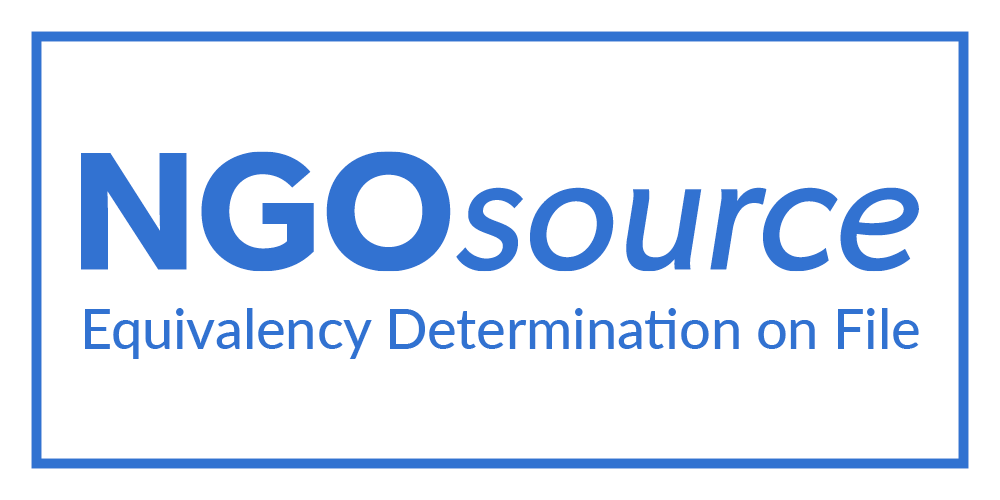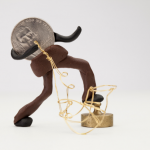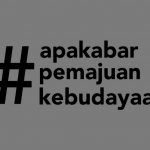By: Rahma Safira S., Policy Researcher, Koalisi Seni
It has been more than twenty years since the mandate to form the Arts Council was born in 1993. Unfortunately, there are still very few women who are sitting in the decision-making position. This is reflected in the institutional arrangements of the regional Arts Council.
Koalisi Seni found that, out of 61 Arts Councils at the district/municipality and provincial levels, only 4 Arts Councils (6.55%) were chaired by women. Those four are:Tanah Papua Arts Council of Jayapura Regency, Pesisir Barat Regency Arts Council, Lubuklinggau City Arts Council, and North Sulawesi Provincial Arts Council. However, the women in the position of Chairperson in the Regional Arts Council have neither an artistic background nor work experience in arts and cultural policy. All four women are married to the local regional leaders and often struggle on issues of family empowerment and family welfare.
The presence of women in the leadership of the regional Arts Council is very important. This is because women’s leadership can encourage programs that are in favor of female artists and more responsive to problems faced by women. Therefore, it is important for the Arts Council to encourage and support active involvement of women, especially at decision-making level.
So, what causes the lack of women’s involvement? How can Regional Arts Councils encourage the involvement of women in these positions?
Before answering this question, let’s look at how the regional Arts Councils are important. As a country with diverse arts and culture, Indonesia needs government-partner institutions to encourage the growth of artistic and cultural potential and identity in its environment. The regional Arts Council fulfills this need.
The first Arts Council in Indonesia is Jakarta Arts Council/Dewan Kesenian Jakarta (DKJ), formed by artists and inaugurated by the Governor of DKI Jakarta, Ali Sadikin, on 7 June 1968. The establishment of DKJ then triggered the establishment of various arts councils in other areas. The strategic position of the regional Arts Council as a partner of the government, which is widely and systematically spread throughout the archipelago, makes the institutions seen as the “gatekeeper” of the continuity of arts and culture in the region.
Unfortunately, few women lead the regional Arts Council. We know that female artists are already in a vulnerable position. Because, not only it’s a challenge to prosper financially in this profession, but women have little opportunities to occupy strategic positions in arts governance. This condition is caused by the strong patriarchal culture in Indonesia, requiring women to become followers and normalize male figures as leaders. Women are required to be the caretakers of domestic matters with their domain limited to bathrooms, kitchens, and bedrooms.
This sentiment of women as domestic caretakers is often translated in organisations, by placing women in the “kitchen” position of institutions such as secretary and treasurer. The same is also found in arts organizations in general. Women are generally given a position behind the scenes, while men are placed in more involved positions and seen in the vanguard.
The high requirements for the head of the regional Arts Council is one of the main factors in the lack of female figures in this position. The holders of this position are required to have, on top of knowledge and experience in the arts, a knowledge in law, politics, and public policy. This is something that many artists don’t have. Not to mention, the level of commitment entailed as Chair of the Regional Arts Council is sometimes not accompanied by proportional economic benefits. For many women, the demand for knowledge and responsibility is also coupled with the necessity to manage domestic life.
The impact of different election methods
In exploring the involvement of women in the leadership positions of the regional Arts Council, we also need to question the institutional governance of the regional Arts Councils. There are three methods of election in the management of the Regional Arts Council.
First, the nomination and election of the Daily Executive by the Academy, as done by Lampung Arts Council. Since 2020, DKL, Lampung Academy (AL), and Lampung Arts Foundation (YKL) have become a part of Lampung Arts Center/Pusat Kesenian Lampung. The election of the DKL Daily Executives is carried out in a Plenary Meeting, a forum where members of AL proposes candidates for the Daily Managers. The names of the candidates come from the composition of the DKL Daily Managers for the previous period as well as new figures. Furthermore, AL conducts the election of the Daily Executives by voting.
This selection method has an effect on the involvement of women in DKL because the deliberation process is only attended by the previous management, mostly men. It is difficult for women to get the opportunity to be elected as one of the Daily Executives because the selection depends on the preferences and bias of the old administrators.
In the second method, the election of the Daily Executives is done during the annual regional deliberation forum, along with the annual accountability report of the previous period’s management. The Jakarta Arts Council uses this method. The selection of the composition of the Daily Managers in DKJ has been carried out through a Plenary Meeting attended by DKJ Members. At the forum, the role of DKJ and the responsibilities of the previous period’s program are explained. After that, the criteria for the Daily Executives according to the DKJ’s Articles of Association (AD/ART) will be read out. Daily Executive candidates and the heads of the six DKJ committees can nominate themselves or be nominated, then elected through the voting method.
In terms of numbers, the number of women in the Daily Managers and Committees at the DKJ is quite balanced compared to men, and most of them are arts practitioners. However, there are very few women who become General Chairperson in DKJ, even though historically there have been female figures who have held that position, such as Ratna Sarumpaet in 2003-2006. Also, the collegial nature of DKJ means an absence of a performance appraisal mechanism for the Daily Executives. This means strategic positions in the DKJ are dependent on the holder’s moral and ethical responsibilities, causing a low interest from women who tend to prioritize other jobs.
The third method is the electing Daily Executives through direct acclamations by the Regional Leaders. The acclamation method was used in the election of the Chairperson of the Lubuklinggau City Arts Council 2019-2024, who was the incumbent Chairperson from the previous period. The use of this method in the election of the chairperson of the Arts Council tends to be closely related to political motives, and the same figure has the opportunity to be elected repeatedly.
Women in DKL and DKJ
Let’s highlight more about the role of women in the Lampung Arts Council and the Jakarta Arts Council.
Historically, the position of the Chairperson of DKL has been occupied by women several times, such as Yustin Ficardo (2015-2019) and Syafariah Widianti for two consecutive periods (2008-2015). The roles of Yustin and Syafariah as the Chairpersons are politically motivated, as they were married to the incumbent Governors during their time in office. The decision to elect the Governor’s wife as chairperson of the regional Arts Council is often done in hope of easing the disbursement of funds from the Regional Government for the development of the arts. Riana Sari, the wife of the Governor of Lampung Province (2019-2024), was offered to be the Chairperson of DKL 2020-2024, but because she turned down the offer and the position was given to a man. The position of Chairperson is lined up from local artists who are mostly male.
DKL involves women in the arts in its programs. It does not only include women who are artists, but also members of the public, such as housewives. Their goal is to build a sustainable appreciation of arts in society, as the value of appreciation and such appreciation for arts is passed down from mothers to their children.
Meanwhile, DKJ uses art as a platform to serve the interests of the arts community in Jakarta. DKJ’s main focus is artistic experimentation, while activities with a gender perspective tend to be merely embedded to the main programme. The existence of a gender program is heavily dependent on the executive decision of the Chairperson.
For example, during Ratna Sarumpaet’s leadership, gender perspectives were consciously highlighted through programs aimed at female artists, such as the Women Playwrights International Conference 2005 to build networks and communication for women playwrights and theater activists. When led by men, for example Irawan Karseno (2015-2018), DKJ also presented activities related to women. Such as the Women’s Arts Project/Proyek Seni Perupa Perempuan, a forum for the development of contemporary arts practices, as well as an attempt to record and support the development of Indonesian female artists.
However, the role of women in DKL and DKJ is an anomaly compared to other Arts Councils in Indonesia. The involvement of women in leadership positions is vulnerable and precarious because of the entrenched patriarchal culture. The presence or absence of a gender perspective in the regional Arts Council still depends on the priorities and governance of each institution.
In order to increase the number and quality of women leaders in the regional Arts Council, women artists need to build awareness of the significance of their position and actively create more programs that are pro-women. In addition, there is also a need for an in-depth evaluation of the governance of the regional Arts Council and those who execute the programmes.
The equality of women has been voiced by Kartini more than a century ago, now it is our task to translate her struggles to present context, including in the arts. With a more acute awareness of women’s position in the arts governance, the Indonesian arts ecosystem will be more equitable for all genders.
Illustration: Leung Cho Pan via Canva




